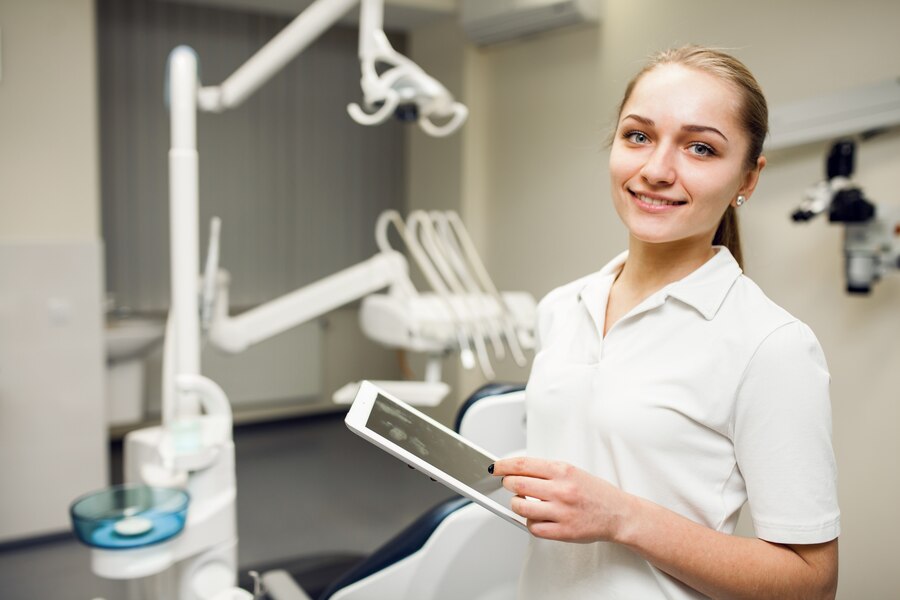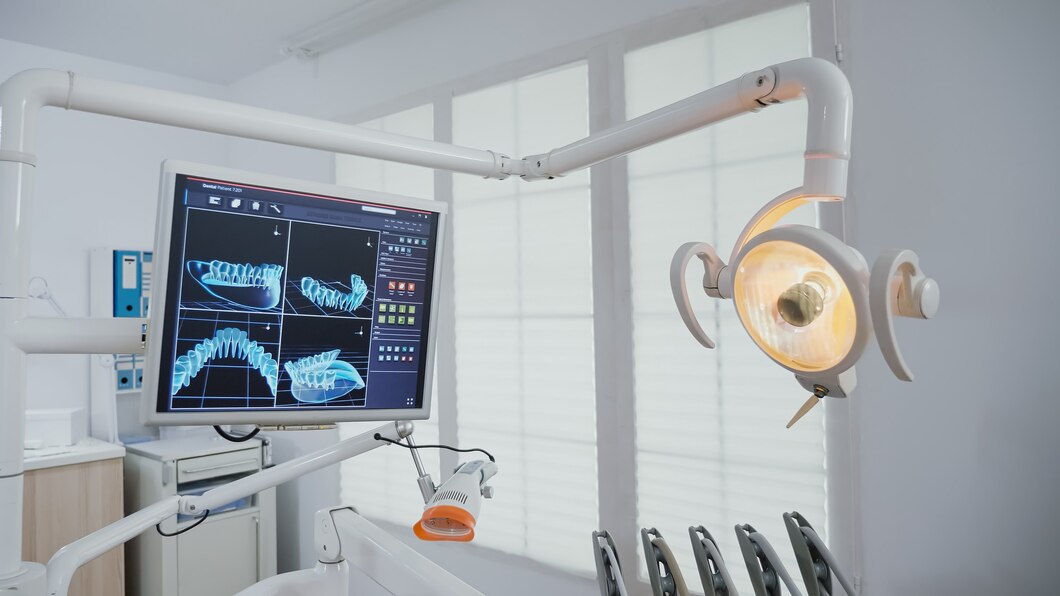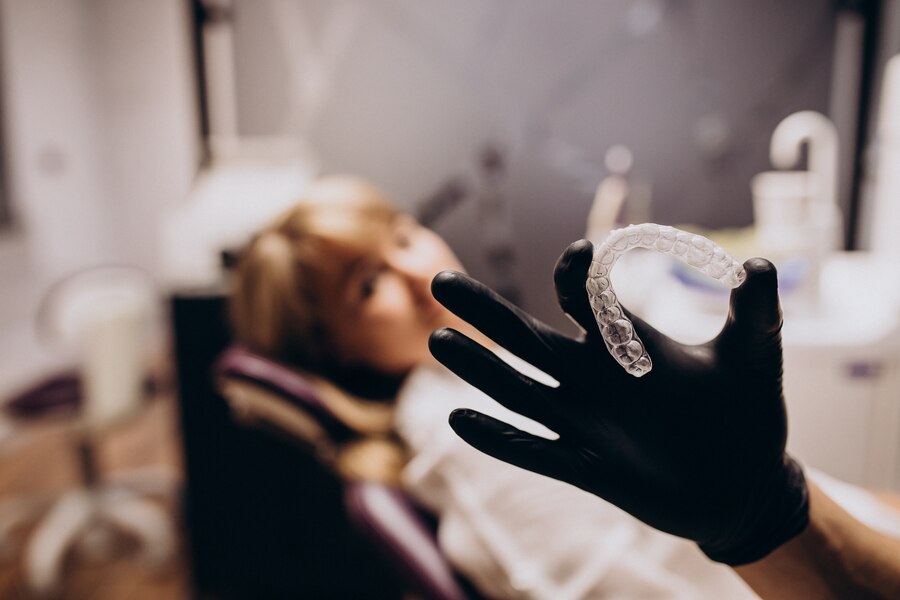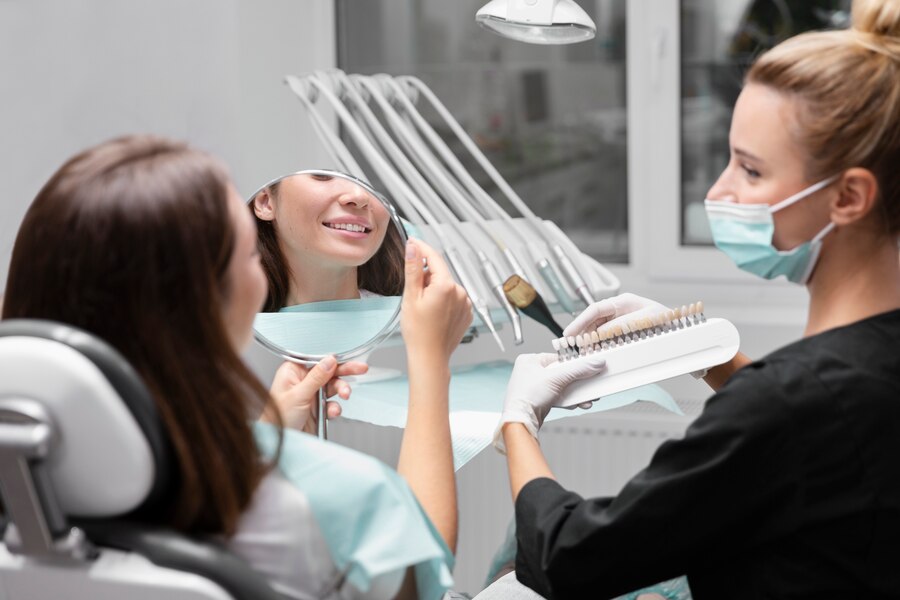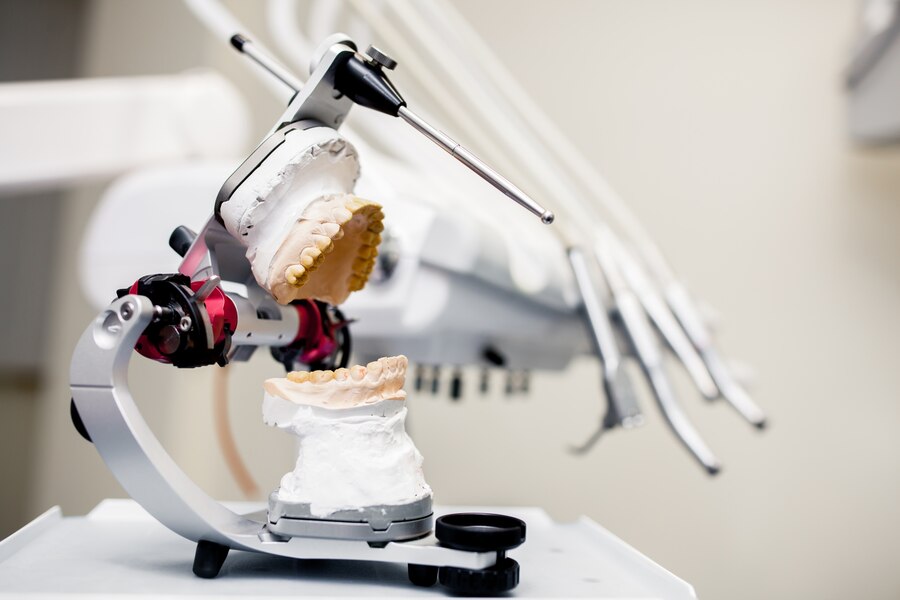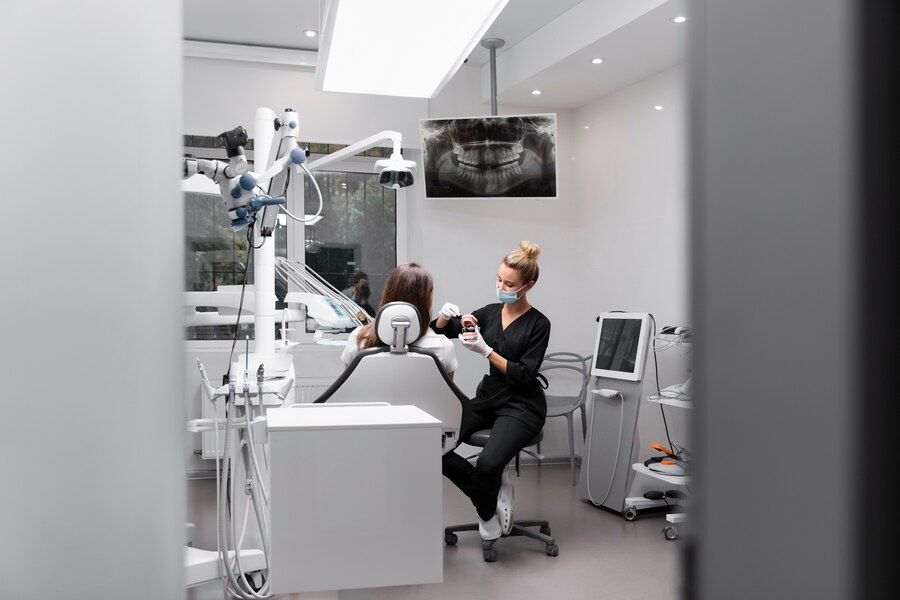In the realm of orthodontics, advancements in technology have revolutionized the way teeth alignment is approached, offering innovative solutions for more effective and efficient treatments.
1. Clear Aligners.
Clear aligner systems, such as Invisalign, have gained popularity for their discreet approach to teeth straightening. These custom-made, removable aligners gradually shift teeth into proper alignment without the use of traditional braces.
2. Digital Impressions and 3D Imaging.
Modern orthodontics utilizes digital impressions and 3D imaging technology, eliminating the need for messy traditional molds. This technology provides precise, detailed images used for treatment planning.
3. Self-Ligating Braces.
Self-ligating braces use a specialized mechanism that reduces friction and pressure during tooth movement. These braces require fewer adjustments and often lead to shorter treatment times.
4. Accelerated Orthodontics.
Techniques like AcceleDent and Propel employ high-frequency vibrations or micro-osteoperforations to accelerate tooth movement, reducing treatment duration.
5. Customized Treatment Planning.
Computer-aided treatment planning enables orthodontists to design custom treatment plans using advanced software, ensuring personalized and precise alignment strategies.
6. Temporary Anchorage Devices (TADs).
TADs are mini-implants used as anchorage points to facilitate specific tooth movements, allowing for more complex and efficient orthodontic treatments.
7. 3D Printing Technology.
3D printing enables the creation of customized orthodontic devices, including retainers and aligners, with high accuracy and customization.
8. Remote Monitoring and Teledentistry.
Advancements in telecommunication allow for remote monitoring of orthodontic progress, enabling patients to communicate with their orthodontists and receive guidance without frequent in-person visits.
9. Predictive Modeling and AI.
Artificial intelligence (AI) and predictive modeling assist orthodontists in predicting treatment outcomes, enabling more accurate planning and adjustments during the course of treatment.
10. Lingual Braces and Invisible Attachments.
Lingual braces are placed on the inner surface of the teeth, rendering them virtually invisible. Additionally, new invisible attachments offer more discreet options for traditional braces.
These innovative technologies in orthodontics provide patients with more comfortable, efficient, and aesthetically pleasing options for teeth alignment, ultimately transforming the orthodontic experience. As these advancements continue to evolve, the future of orthodontics holds even greater promise for improved treatment outcomes and patient satisfaction.


